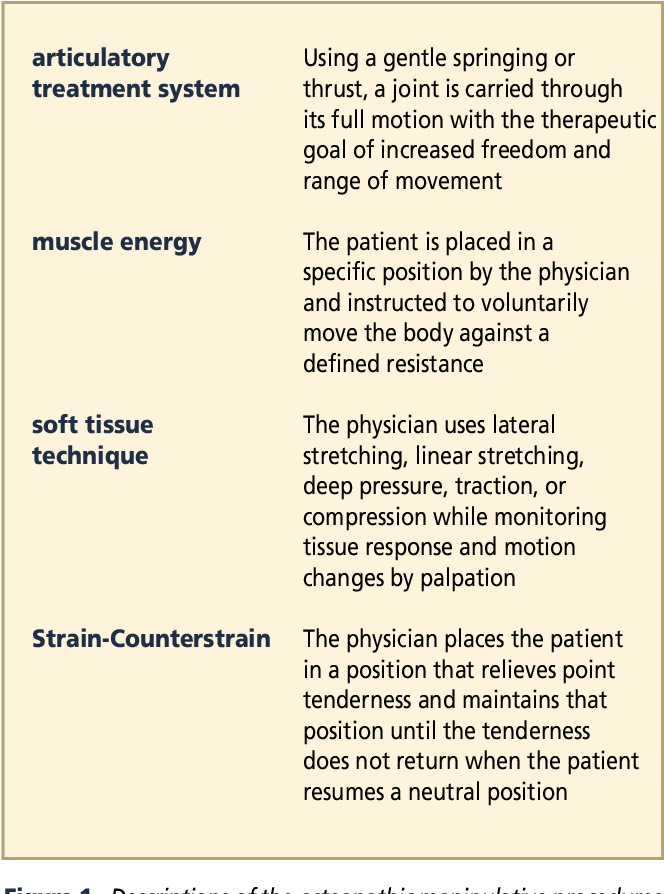
The eardrum or tympanic membrane, also known as eardrum, thick layer of mucous-like tissue at the back of the ear that absorbs sound waves from the outside environment and transmits these to the inner ear, which is made up of tiny bone bones in the middle-ear cavity. The membranes contain many sensory cells, such as the sensitive hair cells and nerves of the inner ear, as well as a small supply of blood vessels. It serves as the final layer of the middle ear, separating it from the ear drum, the cochlea and other cranial structures. The term 'eardrum' may also refer to any of the outer surface of the ear. The term 'tympanic membrane' refers to the outer part of the membrane that is responsible for receiving sound waves and transmitting these to the inner ear.
In addition to providing hearing, the membranes are also essential in controlling and regulating the movement of the possible in your ear. The eardrum acts as a sensor, receiving and transmitting signals from your auditory system. Without the membrane, you would be unable to hear the sounds in front of you, whether sounds are coming from within or outside your body.
A part of the eardrum that is also responsible for hearing is called the vestibular nerve, which provides information to your brain regarding the position of your head and the sounds you hear. This information helps to determine whether or not your head is in an upright or a supine position, allowing your brain to provide you with signals about whether you are looking at the sound source. If the brain receives signals indicating that you are looking at the source, it translates the signal received to determine whether or not it needs to send a sound signal to your outer ear. If you hear sound, then the brain sends a sound signal to your ear. When you move your head, the signals sent by your ear are converted into impulses and sent to your brain.
The Eustachian tube is a tube that runs from the back of your ear, near the base of your skull, to the outside of your ear. This tube also provides sound information to the brain, allowing your brain to interpret the direction of sound coming from your outer ear. When your head turns in a different direction, your brain interprets the different directions of the sound waves it receives, causing it to respond in a different way.

The olivary nucleus of your inner ear contains a complex collection of sensory cells and nerves that are responsible for hearing and balance
The olivary nucleus is located behind the ear bones, inside the ear canal. The olivary nucleus is covered by a thin sheet of mucous-like epithelium. It is important in maintaining proper balance and the proper functioning of your inner ear. It receives information about the external environment, including sounds, through the ossicular papillae or hairs.
When the ossicular papillae become irritated by dirt, food, or other particles, they open and the delicate skin surrounding the papilla becomes inflamed and red. The inner ear becomes coated in fluid, causing the papillae to move, and causes you to hear sound.
Noise-induced hearing loss (NIHL) is caused when the ossicular papillae are damaged, causing the eardrum to open and change its shape, blocking the eardrum from receiving sound signals. The most common form of noise-induced hearing loss is tinnitus, in which sounds cannot be heard in normal hearing.
Because your ear drum is protected by an ossicular papillae, damage to the papillae can result in them opening and becoming inflamed. There are several types of OSA. In the majority of cases, when your Eustachian tube is closed, the Eustachian tubes are clear but OSA results in hearing loss of balance due to constant sound in the ears. This is why a hearing test is so important in determining whether or not you have ESD.